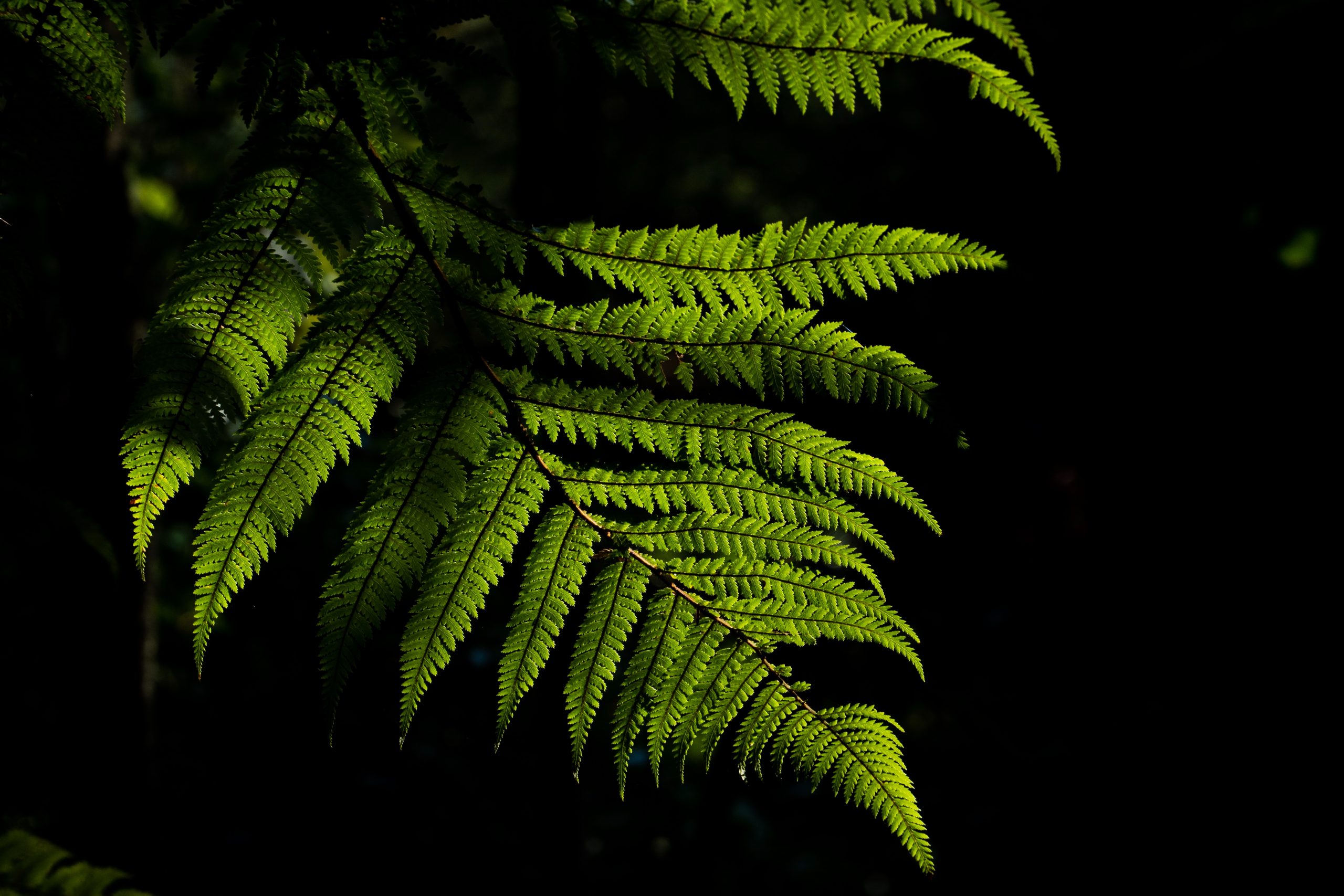Eucalyptus trees are fast-growing evergreen Australasian trees valued for their wood, oil, gum, and resin. They belong to the family of Myrtaceae that also called eucalypts.
About 700 species of eucalyptus have been identified that present in the different bark, leaves, and colors. Most of them are origin to Australia where exactly in the forest, however, they are also cultivated in other countries.
Eucalyptus can reach in the height bout 9 to 55 meters and frequently produce pleasant fragrant in all years. They are unique trees that can survive in the fire, therefore these trees are the most trees inhabited in the Australian forests.
So, how do they stay alive on the fire? Each eucalyptus tree has a protected dormant shoot located deeply inside of the roots that is hard to break by fire.
There are different types of eucalyptus planted well wideworld. The gum tree and silver dollar tree are among the most popular of eucalyptus
Table of Contents
Lemon scented eucalyptus (Eucalyptus citriodora)
This type is also called corymbia citriodora that is native to Northern and central Queensland throughout the coast of Australia. Lemon-scented eucalyptus tree reaches about 20 to 30.5 meters in height.
The tree has pale green leaves, a smooth pale white of underneath bark which changes to grey in the next several times. The name of lemon-scented eucalyptus comes from lemon scent- like of leaves when pulverized.
Tasmanian blue gum (Eucalyptus globulus)
Tasmanian blue gum can be found in all regions. This type of eucalyptus is a very adaptable tree cultivated widely world. It is a fast-growing tree that reaches about 70 meters in height. The tree thrives in the warm areas and drained soil. Its varying leaves are green, grey, and slightly blue.
Peppermint eucalyptus (eucalyptus dives)
As the name imples, the light green leaves of peppermint eucalyptus contains essential that has peppermint scent. Eucalyptus dives are native to south-eastern Australia.
This type is one of the smallest eucalyptus that reaches about 7.6 to 24.4 m in height. Most people plant peppermint eucalyptus as a windbreak.
Transgenic eucalyptus
Transgenic eucalyptus is a type by crossing genes between brassica and eucalyptus. It can grow 30% faster than other eucalyptuses, and reaches up to 30.5 m in height.
Rainbow gum (Eucalyptus deglupta)
As the name suggest, rainbow gum has varying colors of bark which is rainbow-like. This type of eucalyptus is also called mindanoa or Indonesian gum that is a large eucalyptus tree reaching about 200 feet in height and 40 feet in width.
Red flowering gum (Eucalyptus ficifolia)
Red flowering gum is on of the most attractive eucalyptus that grows up to 25 to 40 feet in height. Bloom a cluster of reed, orange, white and pink flower placed above the canopy of tree which is sporadically all the year.
Red ironbark (Eucalyptus sideroxylon)
Red ironbark is encalyptus tree with hard, dense wood and thick, solid bark which is reddish brown color when mature. This type of eucalyptus grows about 80 feet and 20 t0 45 feet in width. It has bluish white leaves and varying colors of pinkish white to red flowers.
Silver dollar gum (Eucalyptus cinerea)
Silver dollar gum is one of the popular Eucalyptus that has grey to green leaves. It is a small which about 15 m in height. It requires full sun that tolerates both clay and dry soil.
This eucalyptus has aromatic leaves with oval, stemless, and silver to grey color that comes from white wax covered leaves. The bark is grey to red-brown color and fibrous.
“silver drop” eucalyptus (Eucalyptus gunnii)
This type of eucalyptus is an annual tree which has fragrant silver green leaves. “silver drop” eucalyptus can reach 2-3 feet in height.
Spotted eucalyptus (Eucalyptus maculata)
Also known as corymbia maulata. The name of spotted eucalyptus comes from the spot pattern bark. The coloration of its bark sheds are white, grey, green, and pink. This tree commonly grows up to 60 feet in height and 30 feet in width.
Sydney blue gum (Eucalyptus saligna)
Sydney blue gum is a large eucalyptus, reaching about 180 feet in height. It blooms pink to white flowers in the end of spring to the summer. Its flowers attract the flying animals such as the bird.
Alpine cider gum (Eucalyptus archeri)
Alpine cider gum is medium size tree, reaching about 12 m in height with rating growth is 1 to 1.5 m each year. This tree is tolerate to exposure and salt soil and has small elipticall silver-blue or grey-green with a bit thick tapering leaves, multi-stemmed with smooth pinkish white, grey green or brown bark, and dense foliage which planted to a hedge.
Swamp gum (Eucalyptus camphora)
This eucalyptus tree is medium size tree that grows up to 10 m in height with the rating growth about 1 to 1.5 m a year. Swamp gum has unique young leaves that green heart-like, while in mature is elliptical green to blue-green leaves.
Its heart-shaped leaves produce strong aroma when crushed. Swamp gum tolerates both wet and dry soil, and also clay soil. It has dense folage and rather powdery of white-grey to green or yellow bark
Tasmanian snow gum (Eucalyptus coccifera)
Tasmanian snow gum is an ornamental tree that slowest growing among all types of eucalyptus, however, it is still faster than other trees and shrubs. This tree grows well in the container shaping an attractive hedge that reaching 5 to 10 m in height and the rate of growth is 0.5 to 1 m each year.
Tasmanian snow gum has green to blue green oval shaped leaves and grey, cream, white, pinkish, and light brown even surfaced bark.
Heart leaved silver gum (Eucalyptus)
As the name implies, heart leaved silver gum has glaucous means covered with a powdery bloom like on grapes of blue-grey heart-shaped leaves when young. This ornamental tree is strong dense growth that effective to windbeak.
Heart leaved silver gum grows up to 20 m that has rating growth about 1 to 1.5 each year. Thus type of eucalyptus tolerates to the wet and acid soil. The bark is even flat with greenish yellow or white colors.
Victorian silver gum (Eucalyptus crenulata)
Victorian silver gum is one of eucalyptus species that tolerates to shade, damp, and wet soil. It grows up to 12 m in height with 1 to 1.5 per year of rating growth.
The tree has glaucous pale green young leaves that turn into a glossy dark green with a bit of dark red color in mature, and glaucous young branches that cause soft grey, yellow or grey-brown of mature bark.
Mountain gum (Eucalyptus dalrympleana)
Mountain gum is one of the popular trees which able to adapt in many different conditions of soils. It can grow up to 30 to 40 m in height with fast rating growth of about 1.5 to 2 m each year.
This eucalyptus tolerates to lime and acid that usually used to screening or ornamental specimens.
Mountain gum has green to grey-green oval young leaves that turn into green narrow elongated leaves in mature, and red young bark turned white-cream smooth marked pink, grey, brown and green patches in mature bark.
Tringiringi gum (Eucalyptus glaucescens)
Tingiringi gum is a fast growing tree that grows up to 25 m in height. This popular tree is versatile type of eucalyptus which survives in any conditions of soils.
The tree has round and glaucous young leaves that turn to green-grey sickle elongated shaped leaves in mature, and varying colors of bark, included grey, brown, orange, pink, white, and yellow.
Wolgan snow gum (Eucalyptus gregsoniana)
This type of eucalyptus is a small tree with a multi-stemmed and compact foliage. Wolgan snow gum can be planted in the container that growing about 4 m in height. The tree has green glossy narrow elongated leaves and even flat light grey to whitebark marked pink and yellow patches.
Cider gum (Eucalyptus gunnii)
Cider gum is a popular and versatile variety of eucalyptus that can survive in both wet and dry soil. The branches of this tree is spreading upper with dense foliage.
The tree has grey-green color due to the glaucous in young leaves, that turn into grey-green to blue-green leaves in mature, and smooth bark marked white, yellow, brown, pink, green, or grey patches.
Interesting Eucalyptus Facts:
- The size of eucalyptus depends on the species. Eucalyptus trees can reach 33 to 200 feet in height.
- Leaves of eucalyptus have lanceolate shape. They are positioned downwards to prevent direct exposure to the sunlight (and consequent loss of water).
- Leaves of eucalyptus are rich in oil that is used to alleviate symptoms of bronchitis, sore throat, nasal congestion…
- Eucalyptus oil is also used as an insecticide.
- Koala’s diet is completely based on the leaves of eucalyptus. Despite a wide variety of available species of eucalyptus, only a few of them are on the koala’s menu.
- The bark of the eucalyptus tree is usually brown in color. Rainbow eucalyptus sheds its bark several times per year and reveals inner bark that is multicolored (red, blue, yellow, purple…).
- Most species of eucalyptus shed their bark once per year. Bark can be removed in long ribbons, spongy pieces, furrowed and rough pieces or small flakes.
- Some insects lay eggs and feed on the bark of the eucalyptus tree. They leave specific marks on the bark that look like man-made scribbles.
- Eucalyptus tree has a unique strategy to survive fires that are usual for the Australian forests. Deep inside the tree and inside the roots, eucalyptus has dormant shoots. They will germinate only under the influence of hormones that are triggered by heat (of the fire).
- Eucalyptus is also known as a “gum tree” because of the sticky rubbery substance that flows from the injured bark.
- All parts of the eucalyptus tree are used in the manufacture of dyes.
- Eucalyptus has white, yellow, pink or red flowers. The beautiful color of the flowers is the result of a huge number of stamens (male reproductive organs). They do not have petals.
- Insects, birds and small mammals (such as bats) pollinate eucalyptus flowers. They are attracted by delicious nectar that is produced in big quantity.
- The fruit of eucalyptus is called gum nut.
- The lifespan of eucalyptus depends on the species. Most eucalyptus trees can survive more than 250 years in the wild.
 Natgeos Green and Vibrant
Natgeos Green and Vibrant


